Asparagus, often referred to as the “king of vegetables,” is one of the most rewarding crops you can grow in your garden. With its tender green spears that are packed with nutrients, asparagus makes for a delicious and healthy addition to your spring meals. Though it requires patience—since asparagus takes a couple of years before producing its first substantial harvest—this perennial plant will continue to yield for up to 15–20 years once established. By learning the proper methods of planting, caring for, and harvesting asparagus, you can enjoy fresh homegrown spears year after year.
This guide provides a step-by-step approach to growing asparagus plants for fresh spring meals, including preparation, planting, care, and harvesting tips.
Why Grow Asparagus?
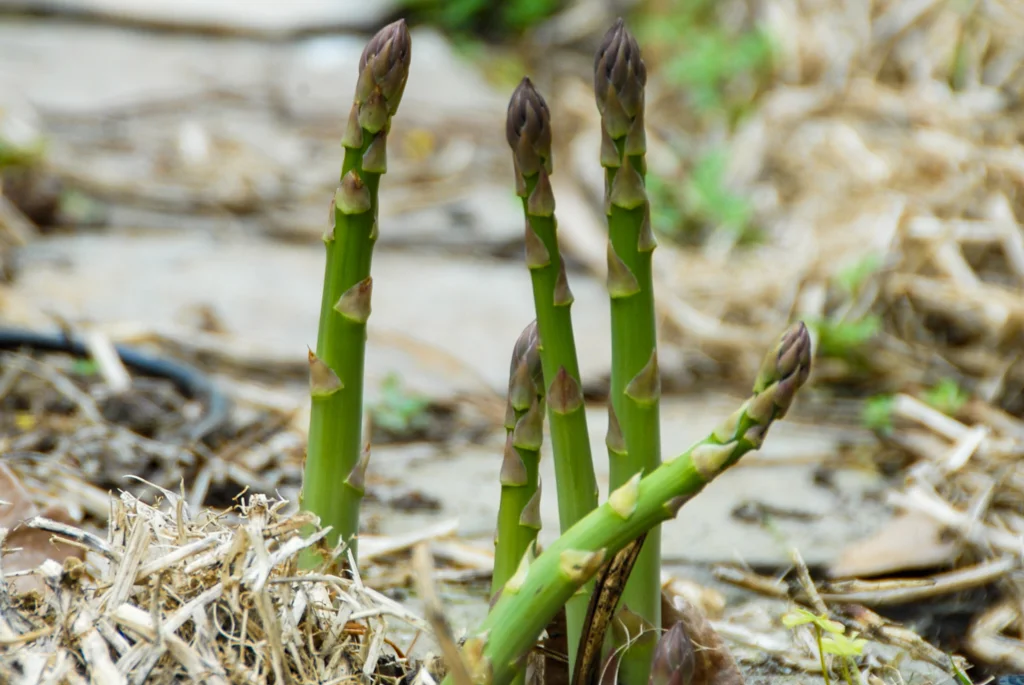
Before diving into the “how-to,” it’s worth understanding why asparagus is a fantastic choice for gardeners:
- Perennial bounty: Unlike most vegetables, asparagus is perennial and will regrow every spring without replanting.
- Nutritious vegetable: It is rich in fiber, vitamins A, C, E, K, and folate, along with antioxidants that support overall health.
- Versatile in cooking: Whether roasted, grilled, steamed, or added to pasta and soups, asparagus enhances any meal with flavor and nutrition.
- Low-maintenance after establishment: Though it takes time to establish, asparagus requires relatively little care once the bed is well-prepared.
Choosing the Right Location
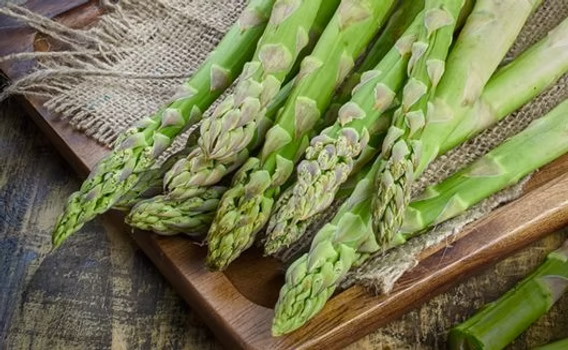
Asparagus thrives in the right conditions, so site selection is crucial:
- Sunlight: Choose a spot with full sun exposure (6–8 hours daily). Asparagus plants need plenty of sunlight to produce strong spears.
- Soil type: Loose, well-drained soil is ideal. Heavy clay or waterlogged soil can cause root rot.
- Soil fertility: Since asparagus will remain in the same spot for many years, enrich the soil with compost or aged manure before planting.
- Space: Select an area that won’t be disturbed by future garden projects, as asparagus beds should remain undisturbed for longevity.
Planting Asparagus
There are two main methods of planting asparagus: from seeds or from crowns.
1. Growing Asparagus from Seeds
- Soak seeds overnight in water to soften the seed coat.
- Sow them indoors in seed trays or pots 8–12 weeks before the last frost.
- Transplant seedlings into the garden after they grow to 10–12 inches tall.
- While seeds are inexpensive, this method takes longer—about 3 years before a good harvest.
2. Growing Asparagus from Crowns (Preferred Method)
- Crowns are 1-year-old asparagus roots that are ready to be planted directly into the garden.
- Dig trenches 6–8 inches deep and 12 inches wide.
- Place crowns 12–18 inches apart with their roots spread out.
- Cover with 2 inches of soil initially, then gradually fill the trench as shoots emerge until level with the ground.
- Crown planting allows you to harvest asparagus in 2 years instead of 3.
Caring for Asparagus Plants
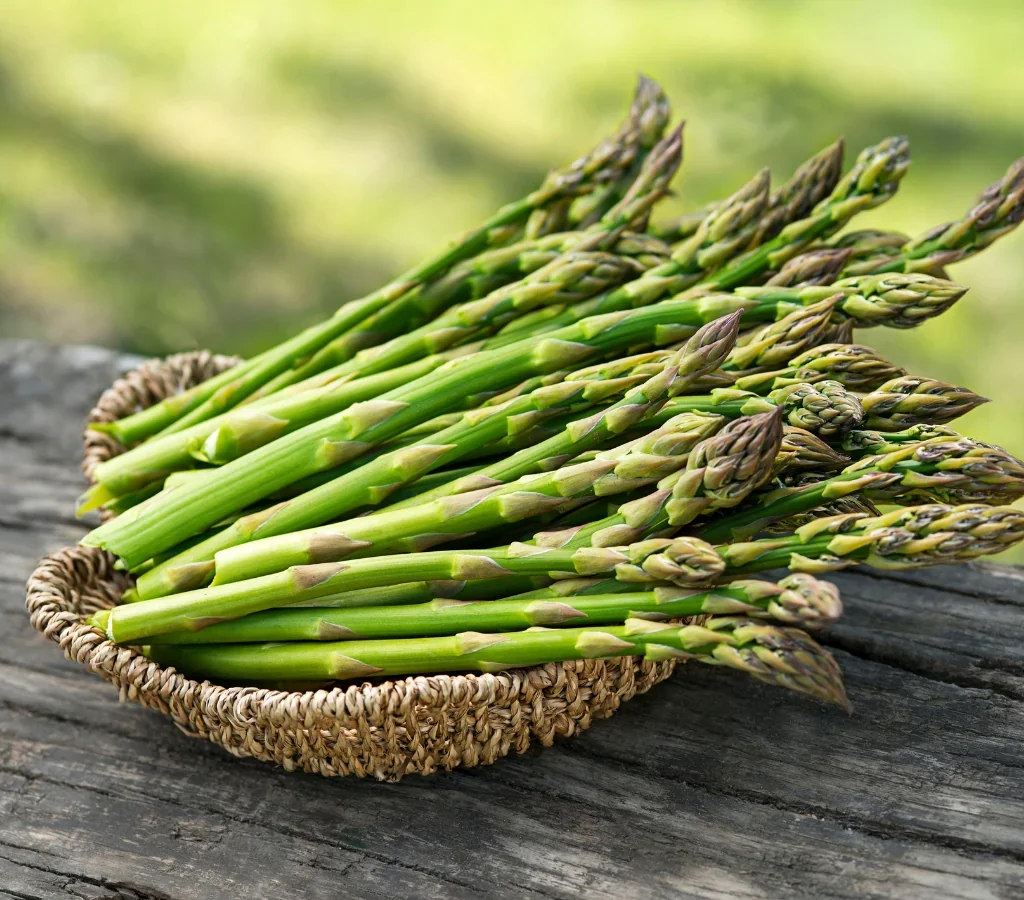
Once planted, asparagus requires consistent care during the first couple of years. Here’s what to focus on:
1. Watering
- Provide 1–2 inches of water weekly, especially during dry spells.
- Avoid waterlogging, as asparagus roots are prone to rot.
2. Mulching
- Apply organic mulch (straw, shredded leaves, or grass clippings) to suppress weeds and retain soil moisture.
- Mulch also protects emerging spears from temperature fluctuations.
3. Fertilization
- In early spring, apply a balanced fertilizer (10-10-10).
- Add compost or aged manure annually to maintain soil fertility.
- Avoid excessive nitrogen, which promotes fern growth at the expense of spears.
4. Weed Control
- Weeds compete with asparagus for nutrients and water.
- Hand-pull weeds carefully to avoid damaging shallow roots.
- Mulching helps minimize weed growth.
5. Supporting Fern Growth
- Allow asparagus plants to grow into tall ferns after the harvest season.
- These ferns store energy in the roots for next year’s crop.
- Cut ferns back to ground level only after they turn brown in late fall or winter.
Common Pests and Diseases
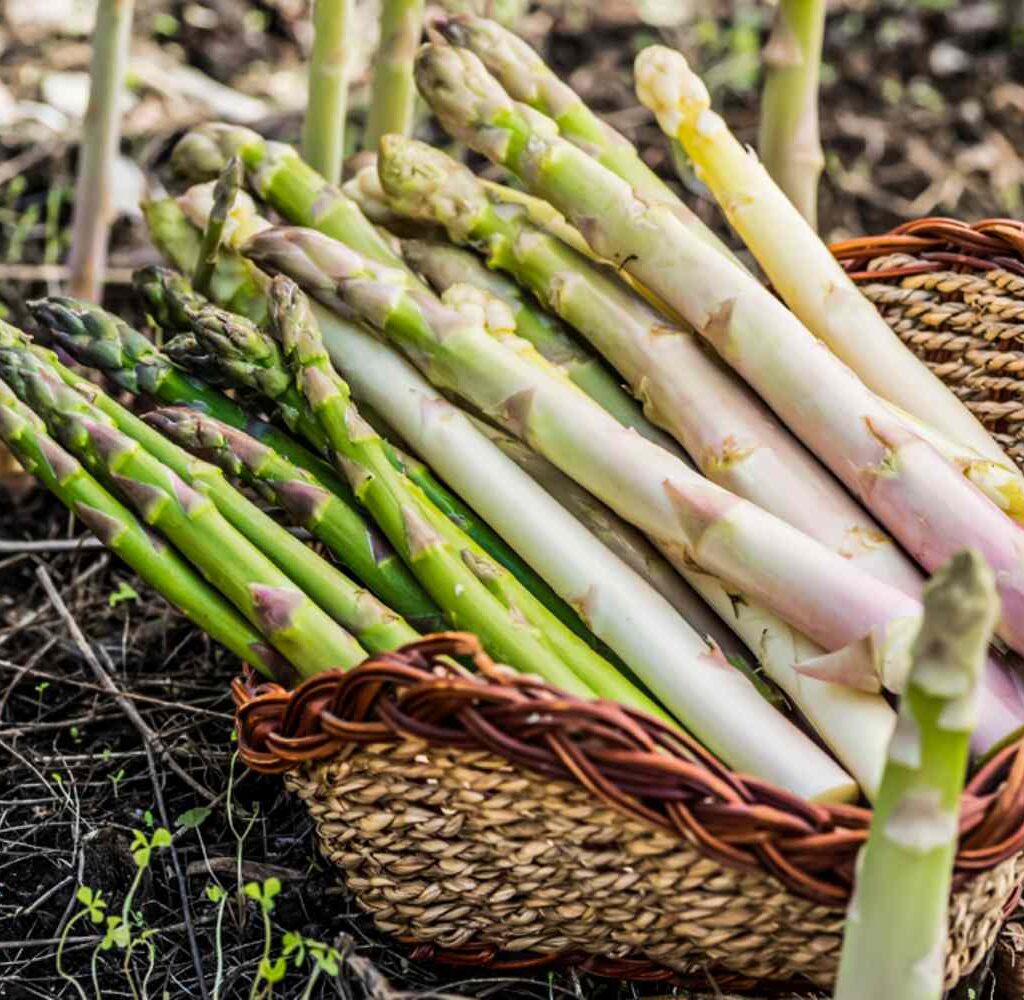
While asparagus is relatively hardy, it is still vulnerable to certain pests and diseases.
Pests:
- Asparagus beetle: The most common pest, they chew on spears and ferns. Control them by handpicking beetles or using neem oil.
- Cutworms: These feed on young shoots. Applying diatomaceous earth around the base helps.
Diseases:
- Rust: A fungal disease that causes reddish spots on leaves. Improve airflow and use resistant varieties.
- Crown rot: Caused by overly wet soil. Ensure proper drainage and avoid overwatering.
Harvesting Asparagus
Patience is key with asparagus. Harvesting too early weakens plants and reduces long-term yields.
- First harvest: Wait 2 years after planting crowns or 3 years from seeds.
- How to harvest:
- Use a sharp knife or snap spears at ground level when they reach 6–8 inches tall and about the thickness of a pencil.
- Harvest in the morning when spears are crisp.
- Harvest duration:
- In the first harvest year, pick for only 2–3 weeks.
- From the third year onward, harvest for 6–8 weeks each spring.
- Post-harvest care: Stop harvesting when spear thickness decreases, allowing ferns to grow and replenish roots.
Storing and Using Fresh Asparagus
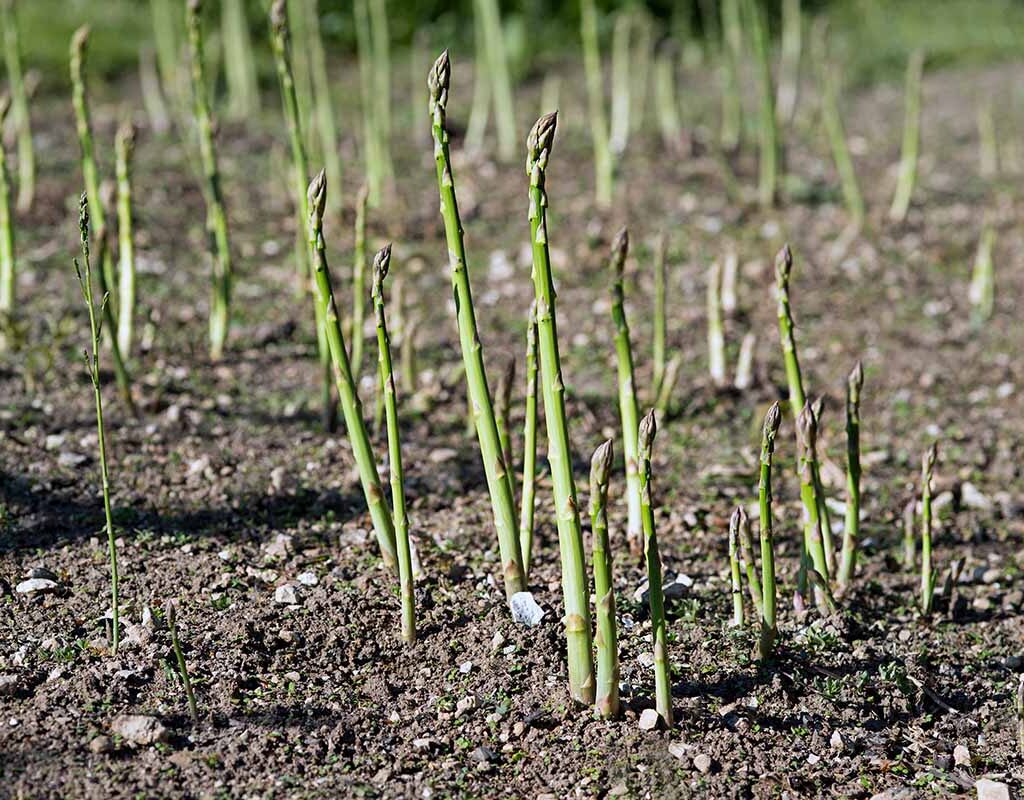
- Short-term storage: Wrap freshly cut spears in a damp paper towel and refrigerate for up to a week.
- Long-term storage: Blanch asparagus spears for 2–3 minutes, then freeze them for later use.
- Cooking ideas: Grill asparagus with olive oil, roast with garlic and parmesan, add to stir-fries, or use in creamy soups for fresh spring meals.
Companion Planting with Asparagus
Companion planting enhances the growth of asparagus and deters pests:
- Good companions: Tomatoes, parsley, basil, and marigolds repel pests like asparagus beetles.
- Bad companions: Avoid planting onions, garlic, and potatoes near asparagus, as they compete for nutrients.
Tips for Success with Asparagus
- Choose disease-resistant varieties like Jersey Knight or Mary Washington.
- Keep the bed weed-free, especially during the first few years.
- Be patient—remember, asparagus is a long-term investment.
- Divide and replant crowns if your bed becomes overcrowded after 10–15 years.
Conclusion
Growing asparagus plants in your backyard may take some patience, but the rewards are immense. Once established, these hardy perennials provide an abundant harvest of fresh spears every spring for decades. By preparing the soil well, planting correctly, and maintaining the plants with proper watering, fertilization, and care, you can enjoy homegrown asparagus in your kitchen.
Whether roasted, steamed, or grilled, asparagus is not just a delicious addition to your meals—it’s also a healthy, sustainable crop that pays back your efforts many times over. With the right approach, your garden can supply fresh asparagus spears that turn every spring meal into something special.
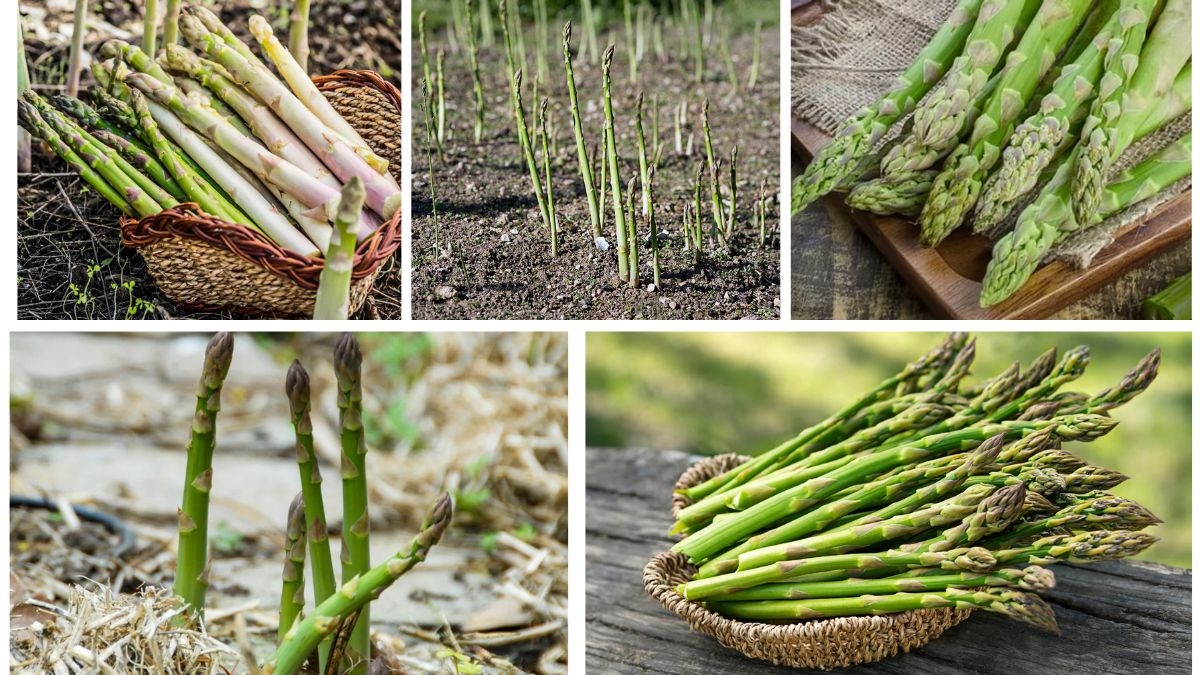





Leave A Comment